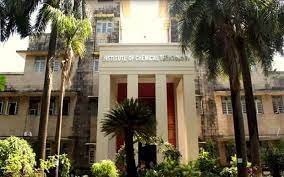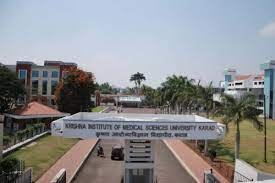Eligibility & Fee: Anyone passionate about photography can apply. Affordable fees and flexible payment options make it accessible to all.
Eligibility & Fee Structure for Diploma in Photography Course
The Diploma in Photography is a specialized program designed for individuals who want to build a strong foundation in the art and techniques of photography. This diploma equips students with essential skills in photography, including camera operation, composition, lighting, and post-processing. Whether you aspire to become a professional photographer, document your life's moments, or simply explore your creative side, understanding the eligibility criteria and fee structure for the Diploma in Photography course is crucial. In this guide, we will explore these aspects to help prospective students embark on a journey of visual storytelling through photography.
The Diploma in Photography program is designed to provide students with a comprehensive understanding of photography as an art form and a means of visual communication. Students learn to use various types of cameras, explore different genres of photography, and enhance their skills in image composition and post-production editing. This diploma often includes coursework in photography techniques, visual storytelling, and the use of editing software.
Eligibility Criteria for Diploma in Photography Course
The eligibility criteria for admission to a Diploma in Photography course may vary among institutions offering the program. However, here are common eligibility requirements:
-
Educational Background: Applicants should typically have completed their high school education or possess an equivalent qualification. Prior experience or coursework in photography is not always required, but a passion for photography is essential.
-
Portfolio: Some institutions may request applicants to submit a portfolio showcasing their photographic work. The portfolio is used to assess the candidate's potential and interest in the field of photography.
-
Statement of Purpose: Applicants may need to submit a statement of purpose outlining their reasons for pursuing the diploma, their educational and career goals in photography, and their passion for the art form.
-
Letters of Recommendation: Depending on the institution's requirements, applicants may be asked to provide letters of recommendation from mentors, instructors, or individuals who can attest to their interest in photography.
Prospective students should carefully review the specific eligibility criteria of the institution offering the Diploma in Photography course to ensure they meet the prerequisites.
Fee Structure for Diploma in Photography Course
The fee structure for a Diploma in Photography course can vary based on several factors, including the institution's location, reputation, program duration, and additional services provided. Here are common components of the fee structure:
-
Tuition Fees: Tuition fees cover the cost of instruction, access to photography equipment and facilities, coursework, and guidance from experienced faculty members. Tuition fees for diploma programs can vary significantly between institutions.
-
Registration Fees: Upon enrollment, students are typically required to pay a registration fee, which may be a one-time payment.
-
Photography Equipment and Supplies: Students often need to invest in basic photography equipment, such as cameras, lenses, and memory cards. The cost of these items is usually not included in tuition fees.
-
Darkroom or Studio Fees: If the program includes access to darkrooms or photography studios, there may be additional fees for their use.
-
Learning Materials: Expenses related to textbooks, digital resources, and photography supplies may be part of the fee structure.
-
Exhibition or Project Costs: Some institutions may charge fees associated with student exhibitions or projects.
-
Scholarships and Financial Aid: Institutions may offer scholarships or financial aid programs to eligible students, helping them cover some of their educational expenses.
Prospective students should contact the institution offering the Diploma in Photography course to obtain precise information about the fee structure and financial obligations associated with the program.
 1 Years
1 Years
 Diploma
Diploma
 Games and Multimedia
Games and Multimedia






 back
back

